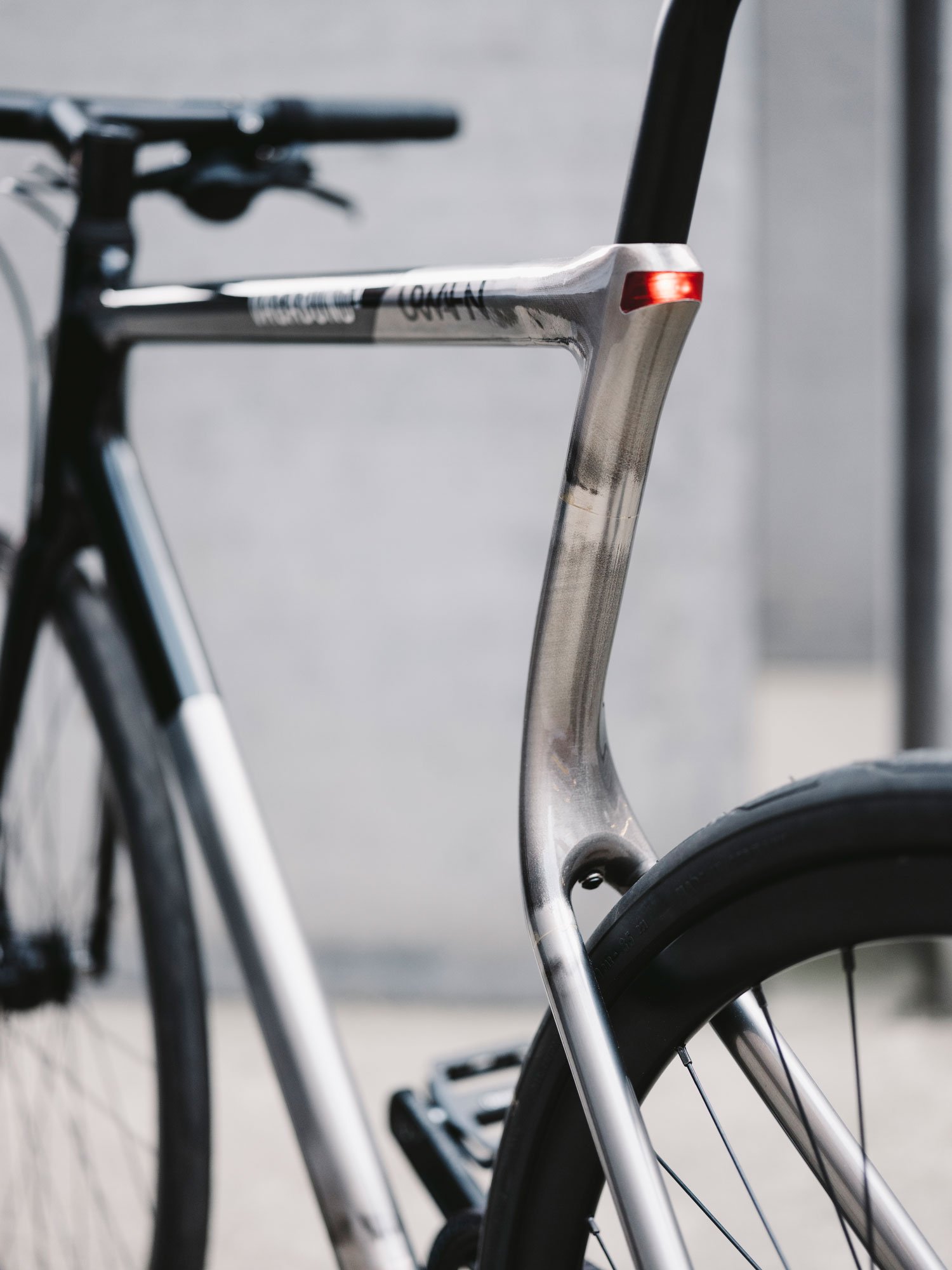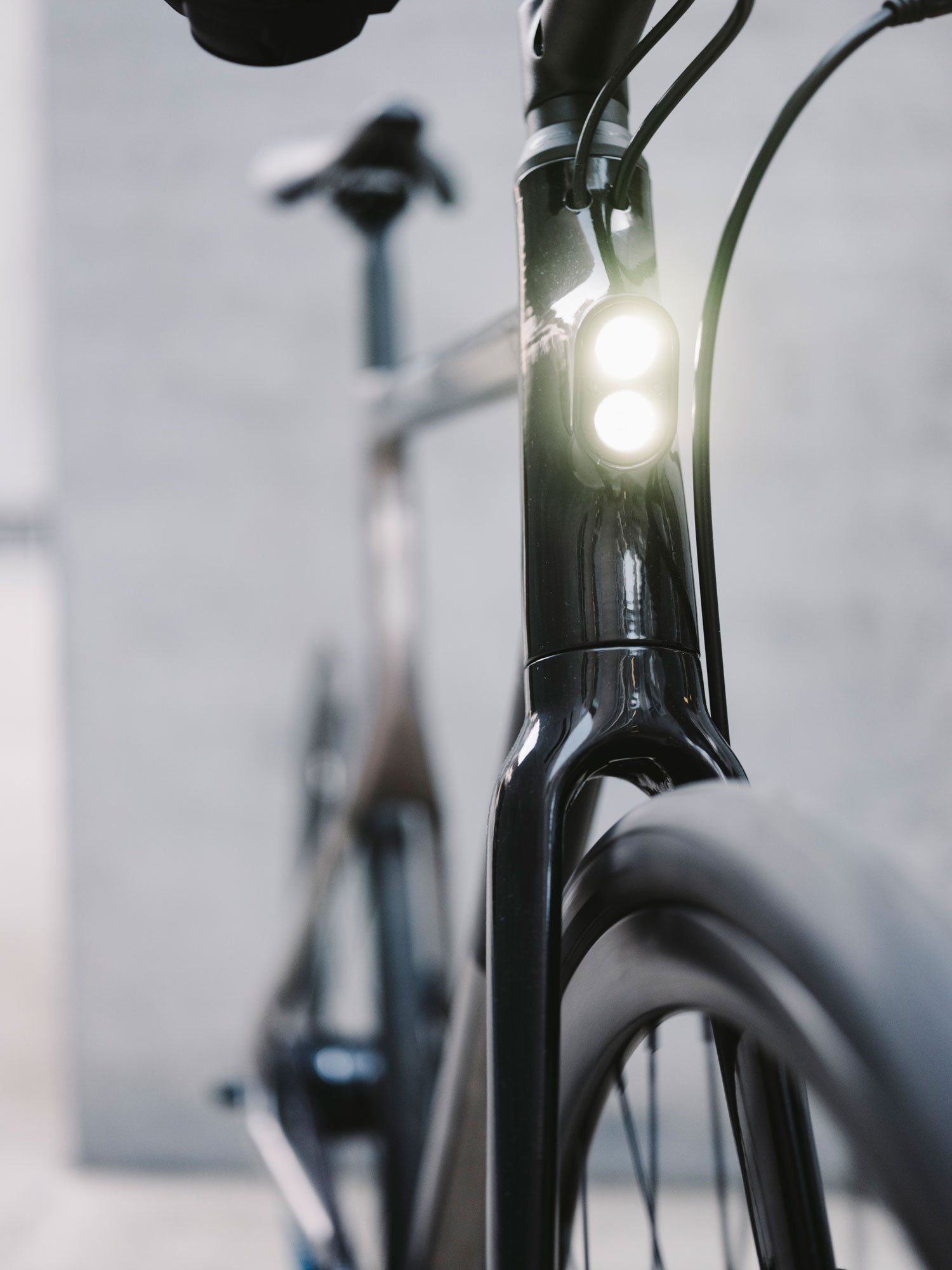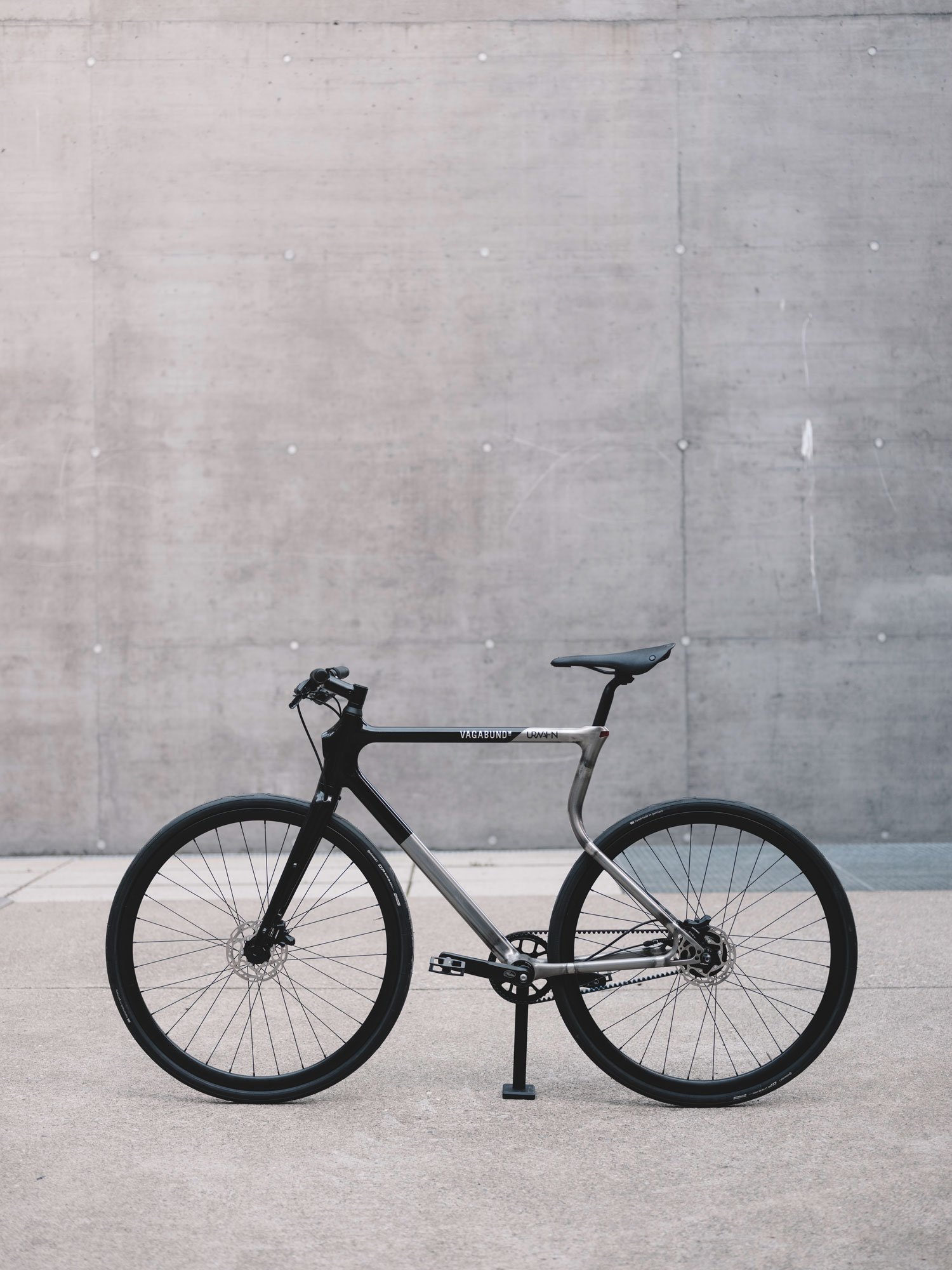German bicycle manufacturer Urwahn Bikes and Austrian custom motorcycle brand Vagabund Moto have collaborated to create a novel bicycle with a 3D printed steel frame. An unusual design, 3D printing means that the so-called “Stadtfuchs” or “city fox” is more lightweight than usual, and electrical components are streamlined into the frame.
Already the partners have fulfilled 50 pre-orders of the bike. Urwahn is now targeting the production of 100 3D printed frames by the end of the year. Speaking with Ramon Thomas, CEO and co-founder of Urwahn Bikes, 3D Printing Industry learns more about the Urwahn x Vagabund Stadtfuchs, it’s development and fabrication.
“Habitat adaptability is the key to survival for every animal,” states Thomas.
“The fox is a masterful adaptation artist. He conquers our cities with great refinement and inventiveness and winds his way effortlessly and silently through the smallest corners while hunting. [This] serves as a model for the Stadtfuchs.”

A 3D printed steel bike frame
After several years of development, the Urwahn x Vagabund team, led by designer Sebastian Meinecke, developed the Stadtfuchs bicycle frame from the pre-alloyed ultra high strength steel 1.2709. A Concept Laser M2 cusing Multilaser system is used to make the frame, which is made as an assembly then welded together.

“When we first started developing the Urwahn frame in a university project around 4 years ago, one of our first prototypes was already printed by selective laser melting. We also experimented with other production technologies,” explains Thomas.
One of the unique features of this bike is it’s absence of a seat tube, the supporting bracket usually positioned just below the seat, giving the frame a “floating” appearance. 3D printing has also enabled smart integration of an LED light system.

“After we continued with precision casting, we realized that the walls where too thin for this production procedure,” Thomas continues. “Therefore, we switched to SLM and managed to get very good surfaces and repeatable quality,”
Those positive features in combination with the possibility to integrate technical elements such as the light, cable routing or the seat clamp into the frame, qualified the 3D printing for us.”

10 bicycle frames per week
The 3D printed bike frame consists of the main lugs, including drawn tubes, the monostay, head tube, seat connector, bottom bracket and drop outs. During the design process, novel teardrop shaped, high tensile CrMo-steel tubes were applied to achieve a wall thickness of below 0.9 mm. The parts were then welded together.
“The filigree drawn tube profiles form the basic structure of our innovative steel frame. Similar to the hind legs of a fox, the elastic rear frame guarantees dynamic manoeuvrability and compensates for uneven road surfaces to the benefit of your driving comfort,” explains Thomas.

At full capacity, Urwahn x Vagabund manufacturing partners are capable of 3D printing 10 bicycle frames per week. By the end of 2019, the partners are currently targeting the production of 100 fully assembled bikes. “In the future,” Thomas adds, “we will follow this approach for further product development.”
“With the next generations and product variations we’ll be able to integrate more components for an even more puristic bicycle.”
A full production cycle for the Stadtfuchs bicycle takes 8-10 weeks and it is priced at €4,499. For this price tag, the customer is provided a bike with integrated anti-theft protection (with tracking provided through an app), lights, a hydraulic braking system and noiseless Shimano gear system.

“We are proud to call ourselves technology pioneers of the bicycle industry,” Thomas continues. “Of the many pre-orders received, we’ve made 50 bikes up to now. We’re aiming to reach a production of 100 bikes this year.”
For all of the latest 3D printing news, subscribe to the 3D Printing Industry newsletter, follow us on Twitter and like us on Facebook.
Join 3D Printing Jobs to find your next opportunity.
Featured image shows the Urwahn x Vagabund 3D printed Stadtfuchs bike. Photo via Urwahn/Vagabund Moto.

